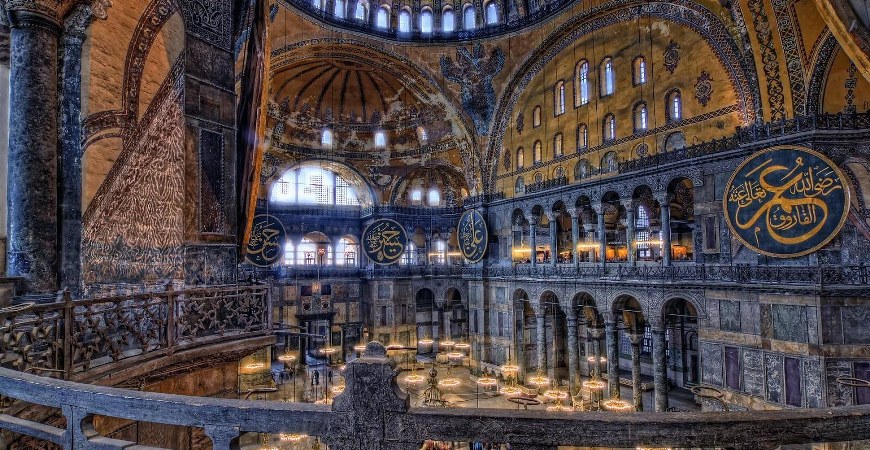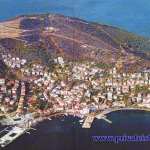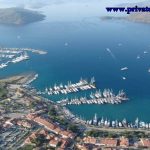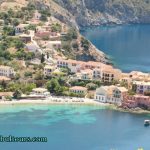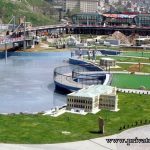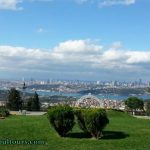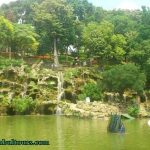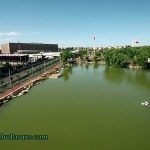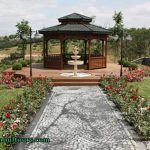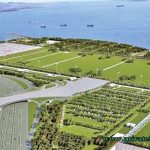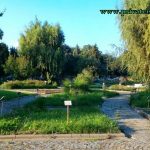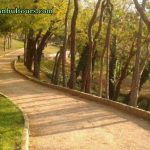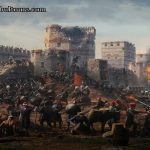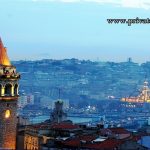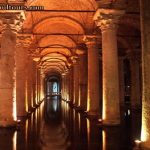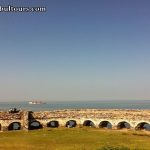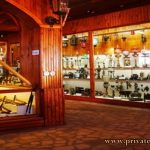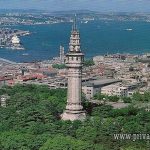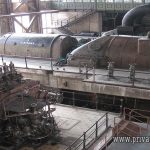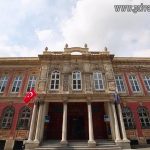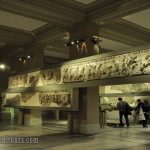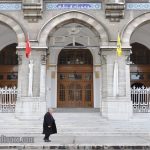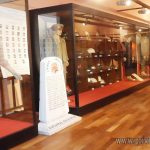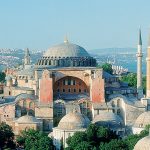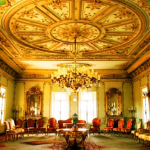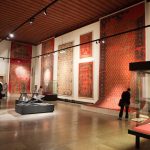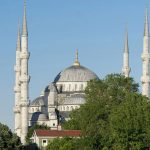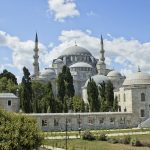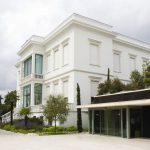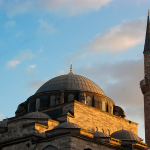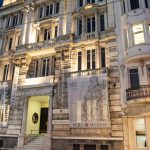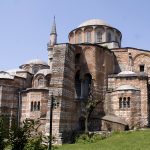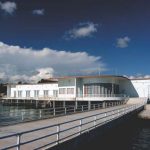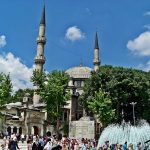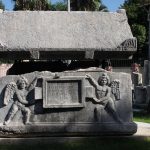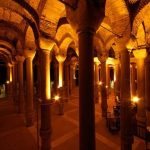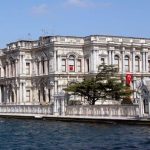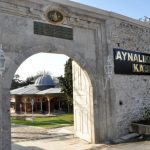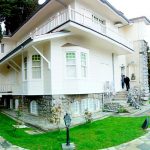Hagia Sophia Museum Istanbul,
Saint Sophia is both a museum and a monument in itself. Saint Sophia was built during the time of the Emperor Justinianus, construction being begun in 532 AD and completed in 537 AD. It is generally agreed however that the original structure was built at the time of Emperor Constantine the Great in 326 AD. But this original building, either because it was too small or damaged in an earthquake, was rebuilt by the emperor’s son Constantine, both on a larger scale and in a more decorative style. It is thought that this church had a basilican structure with a flat roof. In 404 AD the church was burned down in a rebellion and ‘was replaced by a new church ‘built ‘by Theodosius II. In 532 AD it was again ‘burned to the ground in a rebellion called the “Nike rebellion”, after which it was ‘decided to rebuild the church on a scale and grandness never seen before. The most famous architects of that time, Anthemios from Tralles (Aydin) and Isidoros from Miletos (Balat) were hired to prepare the designs and supervise construction. The emperor specified that the building should be fire and earthquake resistant, which resulted in a decision being taken to use almost no wood at all in its construction. For this reason, the supporting pillars and beams are made of cut stone and the columns, capitals, wall surfaces, door and window frames etc. of white and colored marble and mosaic. The walls, domes, and arches are made of brick. 107 columns carry the weight of the building, 40 downstairs and 67 above. Most of the columns are made of green marble and some of the dark cherry colored Egyptian porphyry. Eight large green columns on the ground floor were brought from the temple of Artemis in Ephesus.
the columns are intricately carved and carry the monograms of Justinian and his wife Theodora. From the walls to the bases of the arches are covered with tablets of valuable marble brought from a variety of places. The upper sections of the ‘marble covering and the entire arches, vaults, and domes are decorated with mosaics.
There are mosaics from the period of Justinian in the inner narthex and the side galleries, consisting of geometric designs and crucifixes. Those mosaics depicting figures have not survived to our time. They were destroyed during the iconoclastic period of 726-842 AD. The mosaics saw today in Saint Sophia date from the XI-XII centuries. In the garden at the back of Saint Sophia is stone works from the Byzantine period. In 1453 at the time of the conquest of Istanbul the church of Saint Sophia was turned into a mosque, and in 1934 was turned into a museum and opened to the public. During the Ottoman period a niche, pulpit, dais etc. were added, and the supports of the building strengthened.

